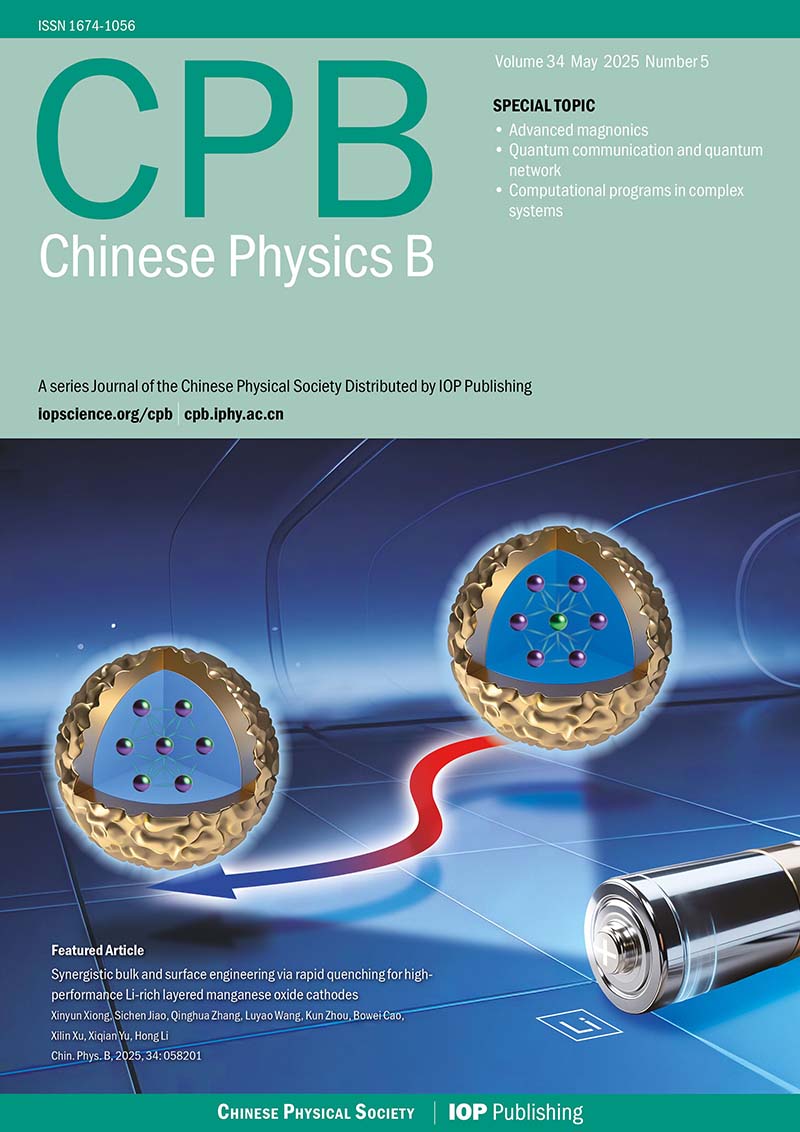Chaos game representation (CGR)-walk model for DNA sequences
- Available Online: 30/01/2009
-
Key words:
- CGR-walk model /
- DNA sequence /
- long-memory /
- ARFIMA(p /
- d /
- q) model
Abstract: Chaos game representation (CGR) is an iterative mapping technique that processes sequences of units, such as nucleotides in a DNA sequence or amino acids in a protein, in order to determine the coordinates of their positions in a continuous space. This distribution of positions has two features: one is unique, and the other is source sequence that can be recovered from the coordinates so that the distance between positions may serve as a measure of similarity between the corresponding sequences. A CGR-walk model is proposed based on CGR coordinates for the DNA sequences. The CGR coordinates are converted into a time series, and a long-memory ARFIMA (p, d, q) model, where ARFIMA stands for autoregressive fractionally integrated moving average, is introduced into the DNA sequence analysis. This model is applied to simulating real CGR-walk sequence data of ten genomic sequences. Remarkably long-range correlations are uncovered in the data, and the results from these models are reasonably fitted with those from the ARFIMA (p, d, q) model.

 首页
首页 登录
登录 注册
注册






 DownLoad:
DownLoad: